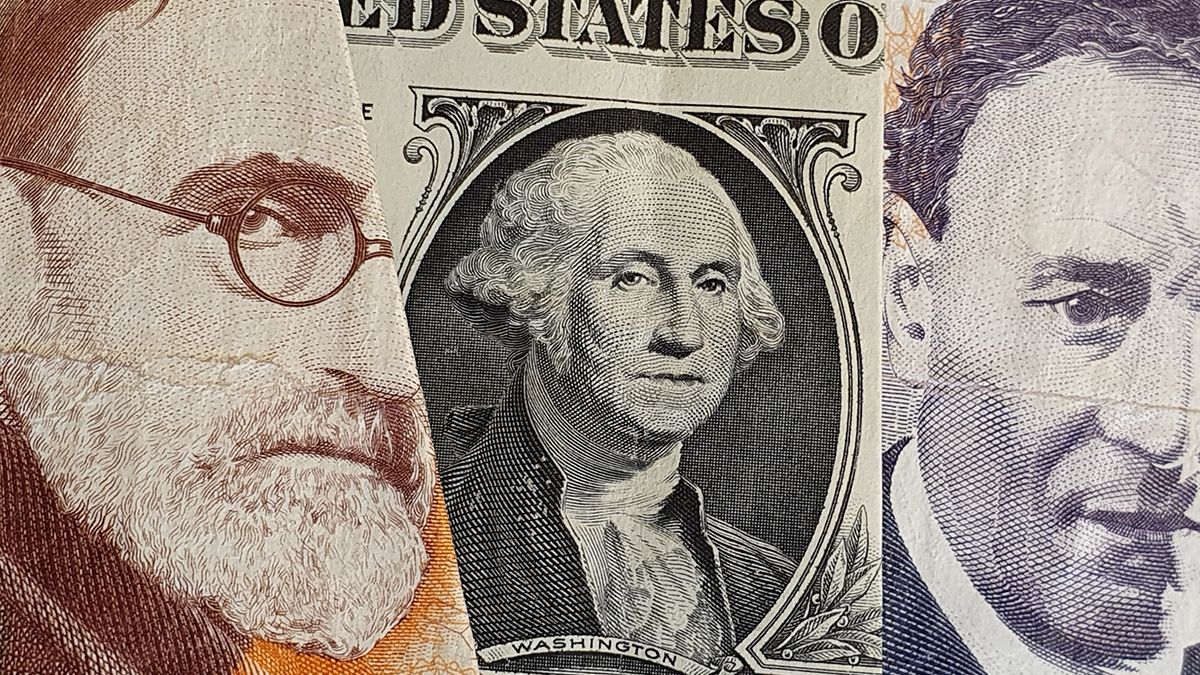He real exchange rate stabilizes 28% below the historical average, according to the values of recent months, despite the recent rise in the dollar, According to the latest report of the Catholic University of Uruguay (UCU).
In comparison with Argentina, he bilateral TCR began to improve considerably between November and April. However, today it is 34% below the historical average, after the escalation of the Dolar blue.
On the other hand, the bilateral RER with the official exchange rate in the neighboring country has been improving after the devaluation that the Argentine president applied in December Javier Milei. With a inflation very high and higher than the 2% monthly rate at which the currency rises official, The real exchange rate is 8% below the historical average.
In this regard, from the UCU they highlighted that “there were political ‘noises’ that gave rise to a new widening in the exchange gap between the official and the free due to a jump in the latter, which again affected the bilateral TCR in that market.”
Tcrr.jpg
The comparison with Brazil
The report of the observatory headed by the economist Javier de Haedo showed that the gap with Brazil, since the RER is 39% below its historical average.
The survey warned that “it is common to believe that the dollar in Uruguay ‘follow the dollar in Brazil’ or that ‘the weight follow the real'”, but warned that “the TCR indicators do not support such statements.”
In fact, he stated that it does not follow it in nominal terms either and graphed that bilateral parity averages 7.3 pesos per real in June 2022, in 2023 it averaged 7.9 pesos and in the same month of 2021, 8.7 pesos per real.
The real exchange rate with outside the region
On the other hand, the RER with outside the region, that excludes neighbors with volatility and it is more relevant for that aspect, it has remained relatively stable in recent months, around 28% below the historical average since 2000, far from the relative maximum reached in December 2021.
Specifically, the UCU report stated that there are gaps of the order of 20% with United States and Mexico, while they reach 25% with China and they stretch up to 30% with the countries of the European Union (EU).
Source: Ambito




